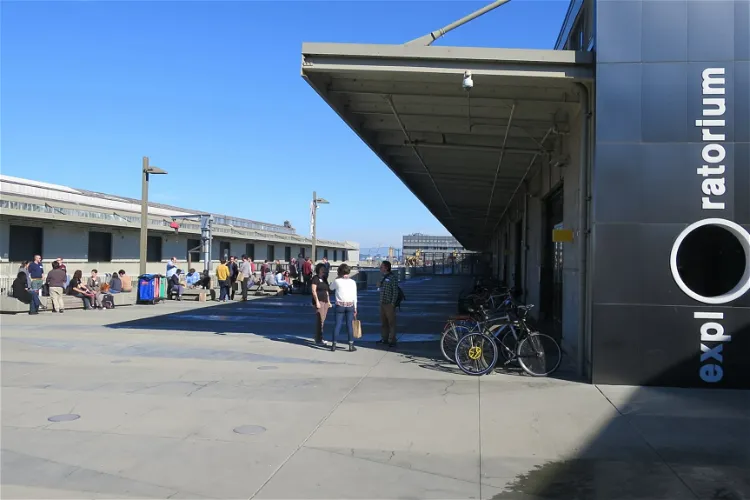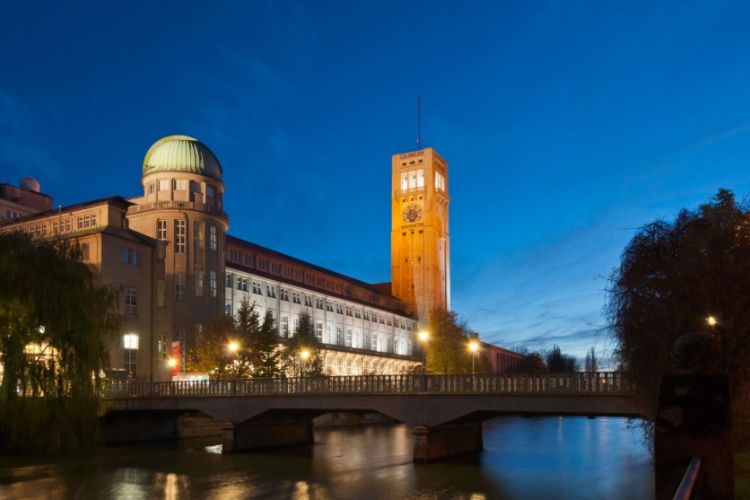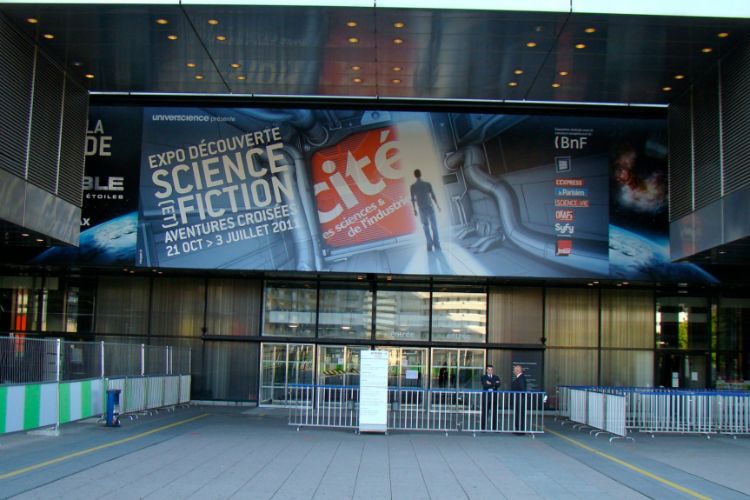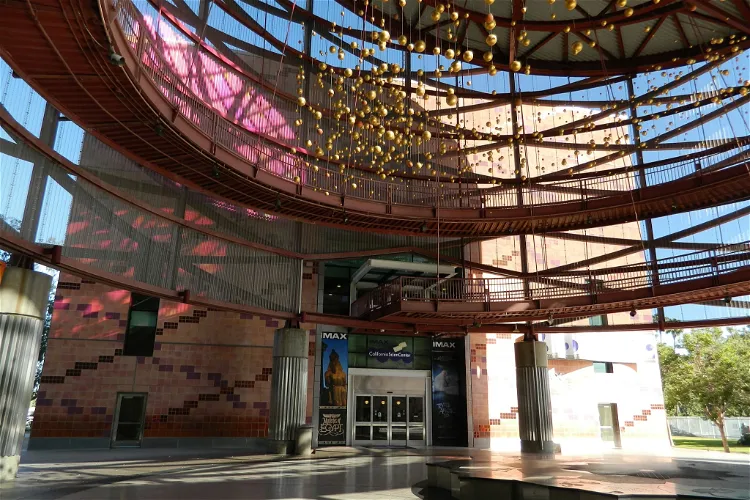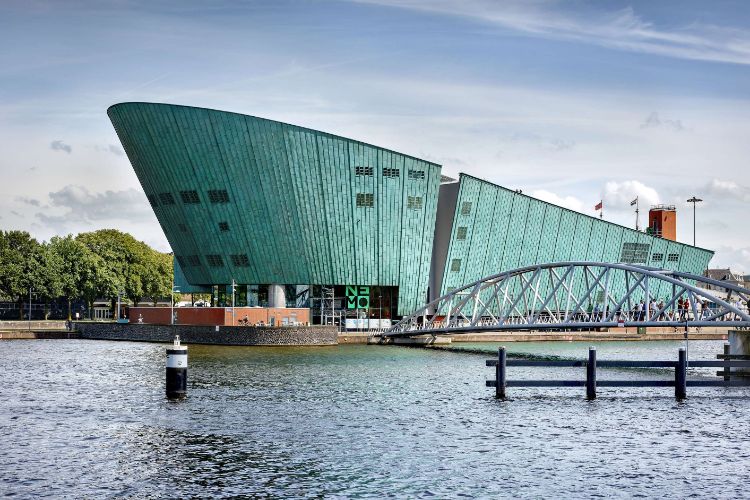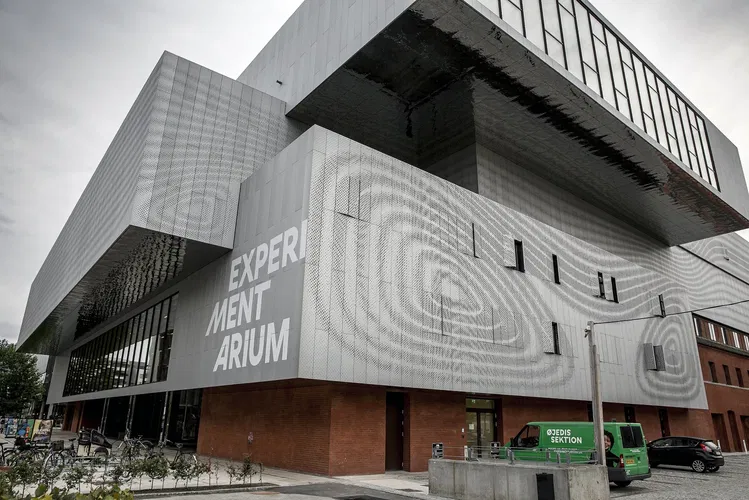Leading science and technology museums offering groundbreaking interactive exhibits and cutting-edge displays that make complex science accessible and exciting.
Science museums have evolved far beyond dusty displays and static exhibits. Today's leading institutions are dynamic spaces where visitors don't just observe science but actively participate in it. From hands-on experiments that reveal the laws of physics to immersive planetarium shows that transport you across the cosmos, these museums transform abstract concepts into tangible experiences.
The world's best science museums serve as bridges between cutting-edge research and public understanding, making everything from quantum mechanics to climate science accessible to curious minds of all ages. They house everything from historic spacecraft to interactive robotics labs, from mind-bending optical illusions to live demonstrations that spark wonder.
Join us as we explore twelve exceptional institutions that are redefining how we engage with science and technology, proving that learning can be as entertaining as it is enlightening.
1. Science Museum
Home to over 300,000 objects spanning seven floors, the Science Museum leads the world in interactive science engagement. The Wonderlab gallery features live science demonstrations and hands-on experiments exploring forces, electricity, and sound waves.
Visitors can experience a NASA flight simulator, explore the history of space exploration with authentic artifacts, and discover medical breakthroughs through immersive displays. The Information Age gallery showcases technology that transformed communication, while the interactive robotics exhibits demonstrate cutting-edge AI and engineering innovations that define our technological future.
2. Exploratorium
A pioneer in hands-on science education, the Exploratorium features over 650 interactive exhibits that invite visitors to touch, tinker, and experiment. Perched on San Francisco's waterfront, this museum turns scientific inquiry into playful exploration.
From the Tactile Dome's pitch-black sensory journey to exhibits demonstrating fluid dynamics using real bay water, every installation encourages active participation. The Tinkering Studio lets visitors build and create with real tools, while outdoor exhibits harness wind and solar energy, perfectly demonstrating physics principles against the stunning backdrop of the San Francisco Bay.
3. Deutsches Museum
As the world's largest science and technology museum, the Deutsches Museum spans 50 subject areas across a massive island complex. Its collection includes original aircraft, historic automobiles, and functioning machinery that traces humanity's technological evolution.
Daily demonstrations bring science alive, from high-voltage electrical experiments to live chemistry shows in fully equipped laboratories. The planetarium offers immersive cosmic journeys, while the mining exhibition features underground tunnels showcasing extraction techniques. Interactive physics experiments and a fully operational amateur radio station demonstrate how theory translates into practical application across engineering disciplines.
4. Cité des Sciences et de l'Industrie
Europe's largest science museum occupies a stunning modern complex in Paris, featuring permanent exhibitions that tackle everything from neuroscience to sustainable development. The planetarium boasts one of the world's most sophisticated projection systems for astronomical exploration.
The submarine Argonaute offers tours through an authentic naval vessel, while the Géode's 1,000-square-meter hemispherical screen creates immersive IMAX experiences. Interactive exhibits explore genetics, sound engineering, and mathematics through touchscreens and hands-on experiments. Special areas dedicated to children and teenagers make complex scientific concepts accessible through play and experimentation.
5. California Science Center
Housing the Space Shuttle Endeavour in a purpose-built pavilion, the California Science Center offers unparalleled access to space exploration history. The shuttle, displayed with its external tank and solid rocket boosters, provides an awe-inspiring centerpiece for aerospace education.
Interactive exhibits explore ecosystems, human innovation, and the creative process behind technological breakthroughs. The World of Life exhibition features over 200 living organisms in immersive environments, while hands-on stations demonstrate principles of physics, engineering, and biology. The IMAX theater presents science documentaries on a seven-story screen, making complex phenomena visually spectacular.
6. Museum of Science and Industry
Housed in a magnificent Beaux-Arts building, Chicago's Museum of Science and Industry features permanent exhibits including a full-size replica coal mine and the captured German U-505 submarine. These immersive experiences transport visitors into industrial and military history.
The Science Storms exhibition demonstrates natural phenomena like tornadoes and lightning with live, large-scale experiments. Interactive robotics displays showcase automation and AI, while the Idea Factory encourages hands-on invention and engineering problem-solving. The Giant Dome Theater presents science films on a five-story screen, and the Fab Lab offers access to 3D printers and laser cutters for creative technological exploration.
7. Natural History Museum
While primarily focused on natural history, this iconic Victorian museum excels in making earth sciences, biology, and evolution accessible through interactive technology and groundbreaking displays. The Darwin Centre's Cocoon features a self-guided multimedia tour through 17 million insect specimens.
The Volcanoes and Earthquakes gallery uses immersive simulators to recreate tectonic phenomena, while the Treasures gallery showcases specimens that changed scientific understanding. Digital installations throughout integrate cutting-edge research with historic collections, and the interactive Earth Hall features a dramatic escalator journey through a hollow globe, demonstrating plate tectonics and geological processes with stunning visual effects.
8. NEMO Science Museum
Occupying a distinctive ship-shaped building designed by Renzo Piano, NEMO transforms science education through playful experimentation. Every exhibit invites hands-on interaction, from building chain reactions to creating giant soap bubbles that demonstrate surface tension principles.
Five floors explore everything from neuroscience to engineering, with visitors conducting real experiments using laboratory equipment. The Teen Facts exhibition tackles adolescent biology with refreshing honesty, while the rooftop plaza features wind and water experiments with panoramic Amsterdam views. Interactive displays about renewable energy, DNA sequencing, and digital technology make cutting-edge science tangible and immediately understandable.
9. Swiss Museum of Transport
Switzerland's most visited museum combines transportation history with interactive technology exhibits spanning rail, road, water, air, and space travel. Full-size locomotives, aircraft, and ships create an immersive environment for understanding engineering evolution.
The planetarium features cutting-edge projection technology for astronomical exploration, while the Swiss Chocolate Adventure offers a multi-sensory journey through chocolate production. Interactive flight simulators let visitors pilot aircraft, and hands-on exhibits demonstrate principles of physics, aerodynamics, and propulsion. The Media World exhibition explores communication technology evolution, making this institution far more comprehensive than traditional transportation museums.
10. Science Museum of Virginia
Housed in the stunning 1919 Broad Street Station, this museum combines architectural grandeur with cutting-edge science education. The Dome theater, located in a five-story rotunda, presents immersive science documentaries on one of the largest screens in the region.
Interactive exhibits explore electricity, light, and matter through hands-on experimentation. The Speed exhibition examines physics and biology of motion, while the Boost! gallery features engineering challenges where visitors design and test solutions. Live science demonstrations occur throughout the day, covering topics from liquid nitrogen experiments to chemical reactions, making abstract concepts tangible through spectacular visual presentations.
11. Experimentarium
After a massive renovation, Copenhagen's Experimentarium reopened as one of Northern Europe's most technologically advanced science centers. Spanning 25,000 square meters, the museum features 18 interactive exhibition areas where visitors actively participate in scientific discovery.
The Body gallery explores human biology through immersive experiences, while the Bubbles area demonstrates fluid dynamics and surface tension. Visitors can create electricity, build structures to test engineering principles, and explore sustainable energy solutions. The Tunnel exhibition creates sensory experiences that challenge perception, and the rooftop Miniverse offers hands-on water play demonstrating physics principles with stunning harbor views.
12. CosmoCaixa Barcelona
Designated as Europe's Best Science Museum in 2006, CosmoCaixa features the extraordinary Flooded Forest, a 1,000-square-meter recreation of Amazonian rainforest complete with living species. This immersive biodome demonstrates ecological principles through authentic environmental simulation.
The Geological Wall displays authentic rock strata spanning Earth's history, while the Matter Room features interactive exhibits exploring physics fundamentals. The planetarium uses advanced projection technology for cosmic journeys, and hands-on areas let visitors experiment with optical illusions, magnetism, and waves. Spectacular demonstrations of electricity and chemistry occur in dedicated laboratories, making complex scientific principles visually stunning and immediately comprehensible.
These twelve institutions represent the pinnacle of science communication, transforming complex theories into tangible experiences that inspire curiosity across generations. From London's historic collections to San Francisco's waterfront experimentation hub, each museum demonstrates that science education need not be passive or intimidating.
Whether you're exploring a real space shuttle in Los Angeles, conducting experiments in Amsterdam's ship-shaped wonder, or experiencing natural phenomena at Chicago's Science Storms, these museums prove that the best way to understand science is to actively engage with it. They serve as vital bridges between research laboratories and public understanding, making cutting-edge discoveries accessible while preserving scientific heritage.
Visit these extraordinary institutions to experience science as it should be: interactive, exciting, and endlessly fascinating.


